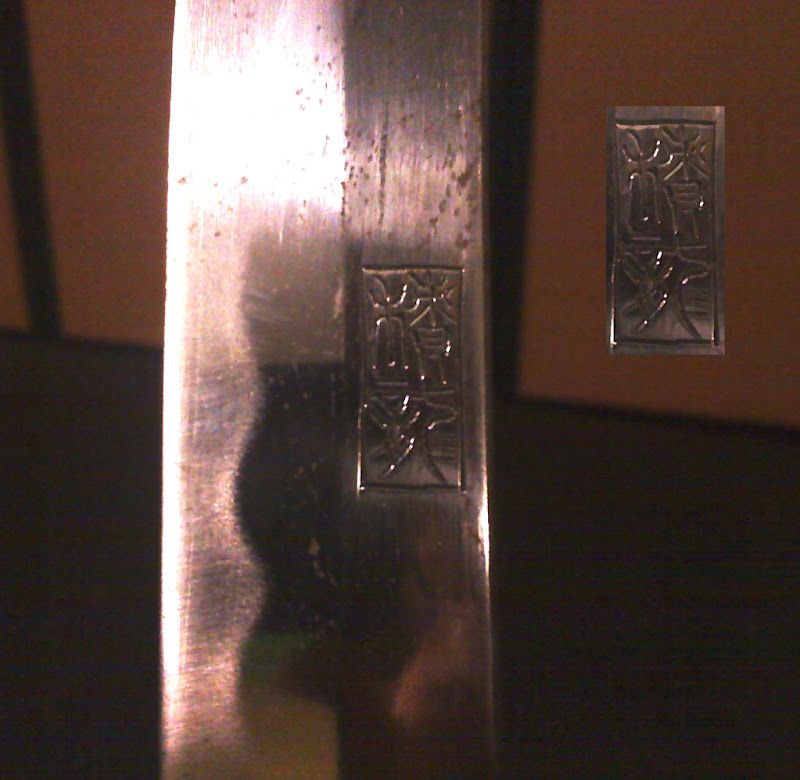Hi, All. I recently came across a katana and wanted to know if anyone could translate the mark on the blade and give any insight as to who the maker might be.

I am pretty sure it's not an expensive sword, but it has a full tang with a forged, tapered with 2 pegs, ending in a rat-tail.


I am not questioning the value of the katana, only researching it, as I may restore it for display and would like to know.
I have images, but cannot seem to locate the mechanism that will allow me to simply upload the images in the place markers, above.
I am pretty sure it's not an expensive sword, but it has a full tang with a forged, tapered with 2 pegs, ending in a rat-tail.
I am not questioning the value of the katana, only researching it, as I may restore it for display and would like to know.
I have images, but cannot seem to locate the mechanism that will allow me to simply upload the images in the place markers, above.


